Order: Pelecaniformes. Family: Ardeidae
Description
40-49 cm. Smaller than any other white heron, the Squacco Heron at rest appears mostly buffish or brownish. It is a tawny buff brown heron with a streaked head and back, and in breeding a black and white mane.
The nonbreeding adult has a head that is finely streaked in black, brown, and grey, forming a modest crown but no elongated plumes in nonbreeding season. The relatively large and powerful bill is pale green yellow with a black tip and top. The lores are dull yellow green. The irises are yellow. The hind neck, like the head, is finely streaked in black, brown and grey. The upperparts are buff brown with slight tawny tinge. The wings are white and are mostly concealed at rest by the back plumes. The plumes are shorter than in the breeding season. The rump and tail are white. Foreneck and breast are bright buff coarsely streaked in dark brown. The remaining underparts are white. The relatively short legs and the feet are dull yellow green.
In breeding plumage, the upper parts become brighter. The crown is a mane of yellow buff feathers. The crown feathers are slightly elongated and bordered with black. Several very elongated feathers (13-14 cm long) occur on the back of the crown. The lores are green or blue. The lower neck and back plumes are golden to cinnamon buff. The foreneck and breast are red gold. During courtship, the bill becomes bright blue except for the dark to black tip. The lores turn briefly blue before reverting via emerald to yellow green. The back is pink brown, with longest back feathers being golden and drooping over the wings. The legs are bright red in courtship, fading to pink after pairing.
The immature bird is similar to adults in nonbreeding, but drabber. It lacks the crest and back plumes. The bill is more uniform with a dark tip. The breast is more strongly streaked in dark brown. The underparts are grey rather than white. The flight feathers have a brown tinge and shafts, so that the wings appear to be mottled with brown. The tail also is washed with brown tint.
Distribution
Occurs from southern Europe to northern and sub-Saharan Africa. In southern Africa, it is locally common in the Caprivi Strip (Namibia), northern and south-eastern Botswana, Zimbabwe, central and southern Mozambique and South Africa.
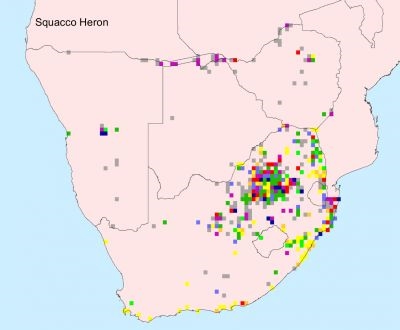
Habitat
It generally prefers still freshwater habitats with dense fringing vegetation; flooded grassland and temporary pans with emergent vegetation.
Diet
It mainly eats a variety of small aquatic animals, doing most of its foraging at the water's edge, creeping through the water with its head held forward, ready to strike.
Breeding
Monogamous and usually colonial, living in small to large colonies, often alongside other bird species. The nest is built by the male in roughly 1-3 days, displaying on it until a female joins him to start a family. It consists of a compact platform of thin sticks and reeds, lined with grass and placed in a reedbed, bush or tree over water. Egg-laying season is almost year-round, peaking from August-March in Zimbabwe and South Africa and from March-August elsewhere in southern Africa. It lays 2-4 eggs, which are incubated by both sexes for roughly 18-24 days. The chicks are fed by both parents, leaving the nest after about 35 days, but only flying approximately 20 days later.
Call
Usually silent, harsh squawks and clucks during breading season. Listen to Bird Call.
Status
Locally common resident, sedentary and usually found singly.



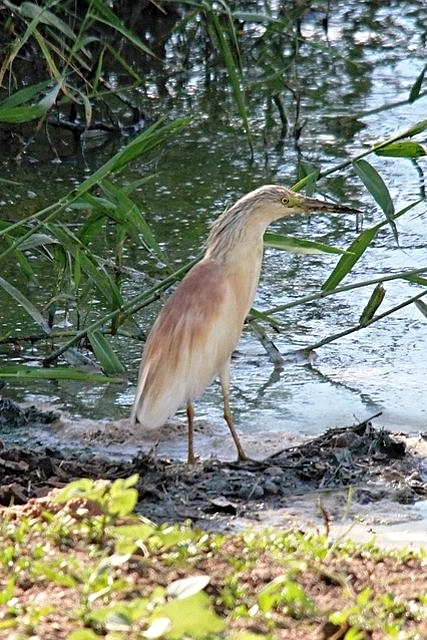 © pooky
© pooky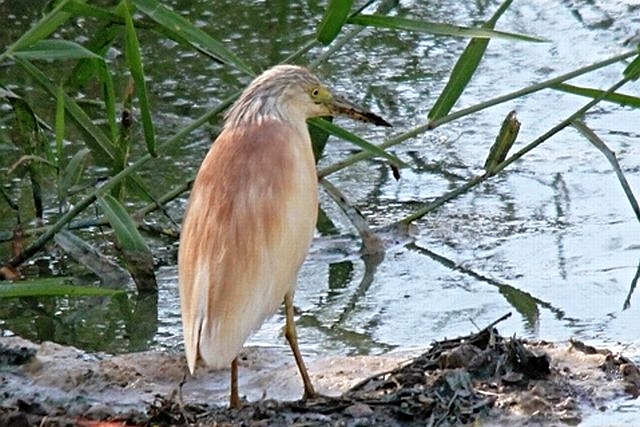 © pooky
© pooky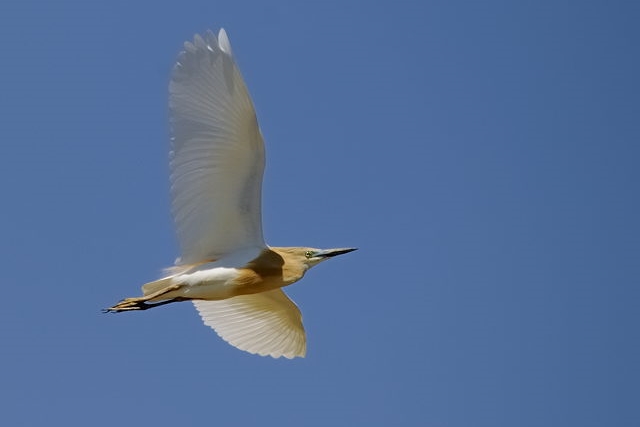 © Dewi
© Dewi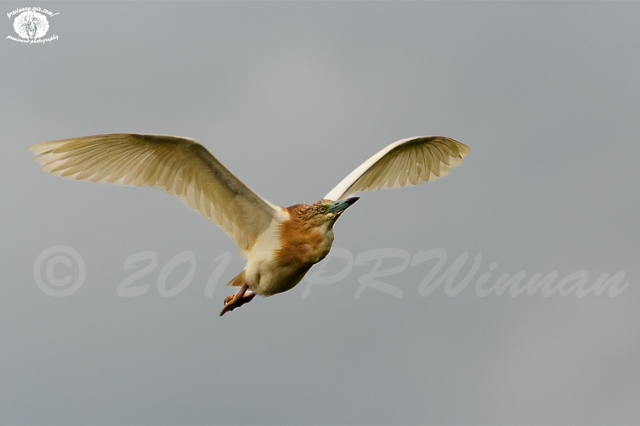 © PRWIN
© PRWIN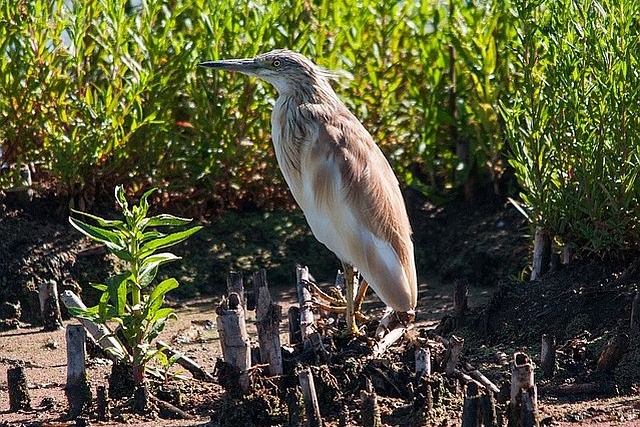 © steamtrainfan
© steamtrainfan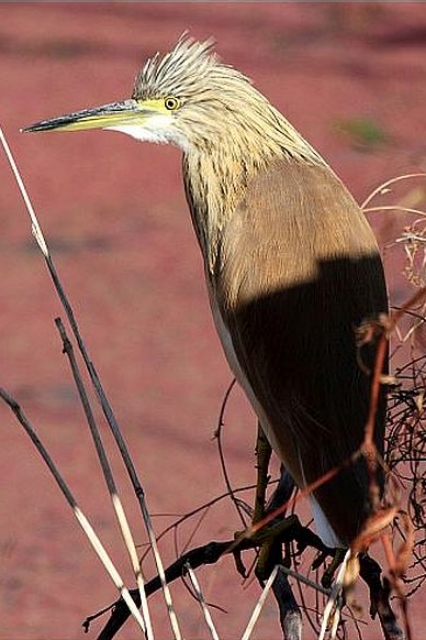 © Duke
© Duke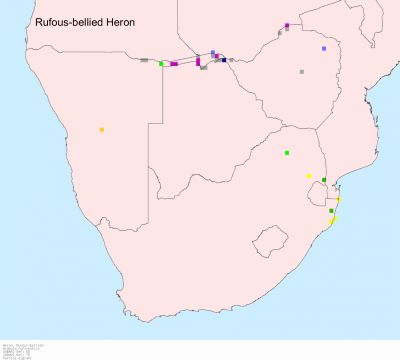

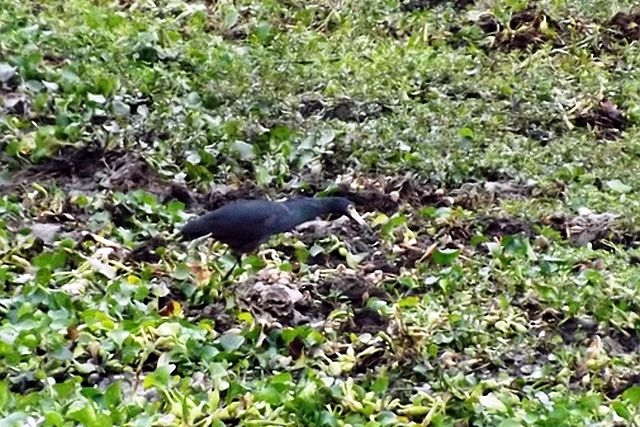 © pooky
© pooky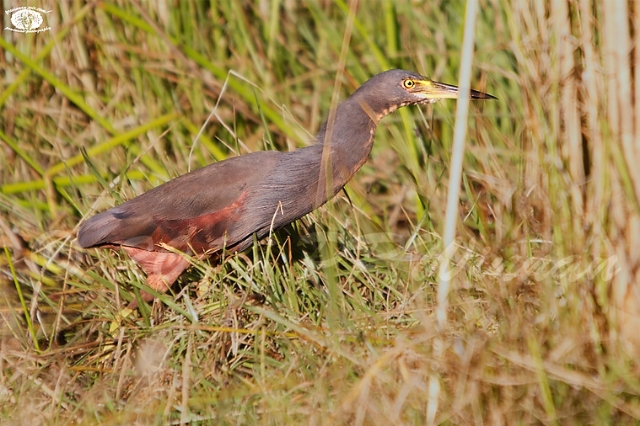 © PRWIN
© PRWIN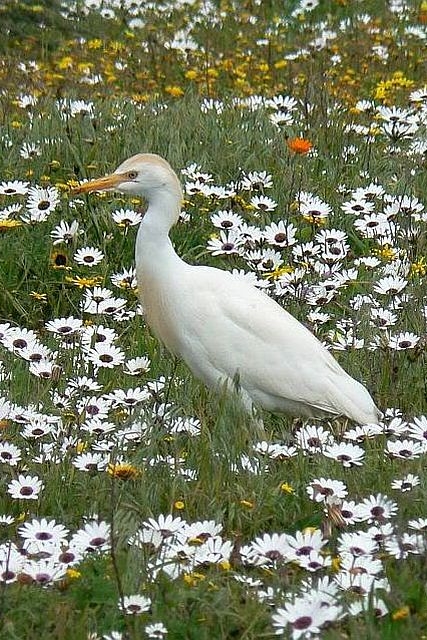 © Toko
© Toko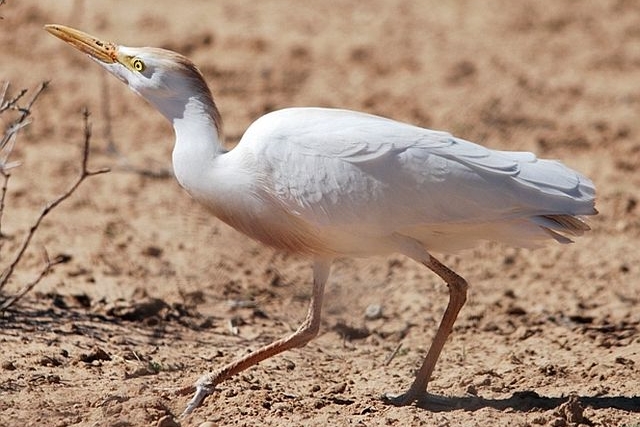 © Mel
© Mel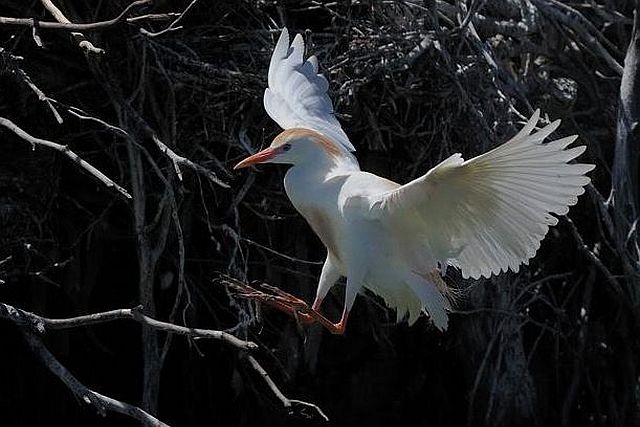 © Dewi
© Dewi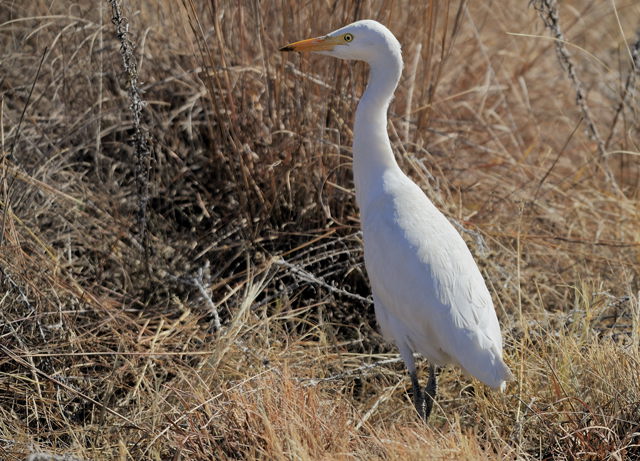 © Dewi
© Dewi © Amoli
© Amoli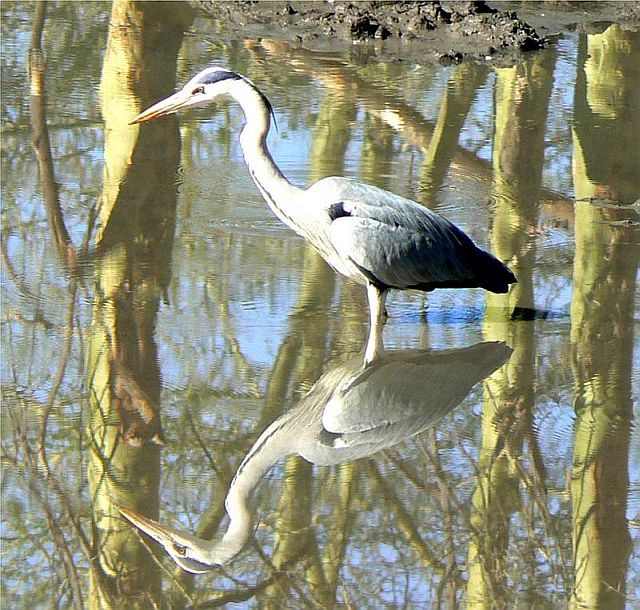 © Toko
© Toko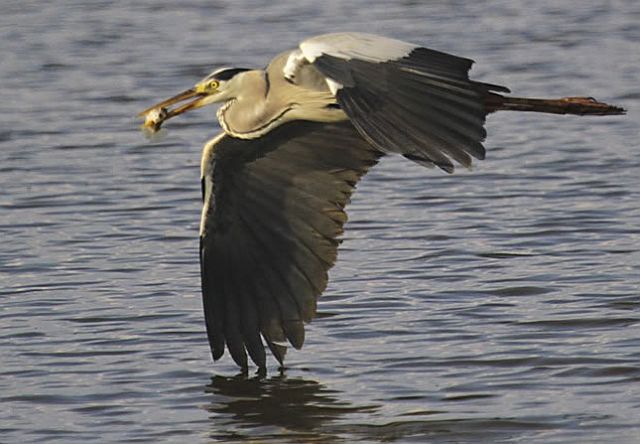 © leachy
© leachy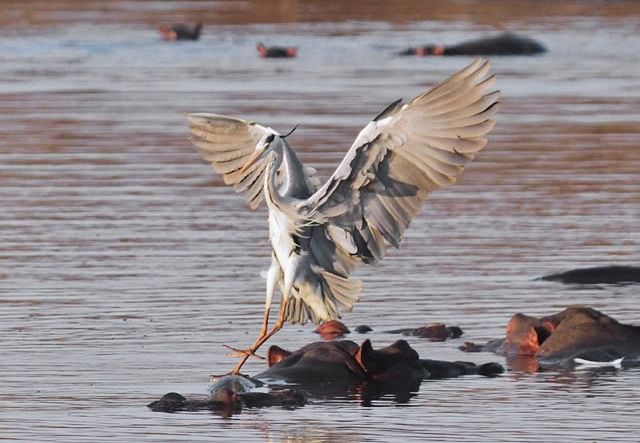 © leachy
© leachy © BluTuna
© BluTuna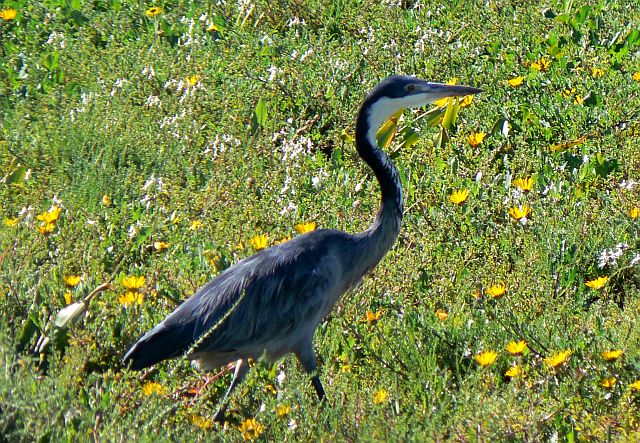 © Toko
© Toko © Mel
© Mel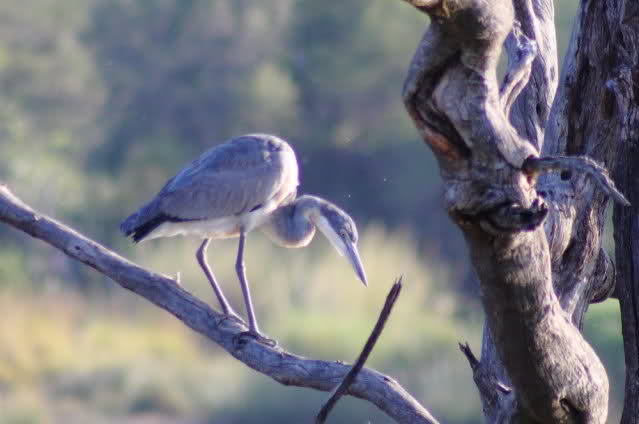 © Flutterby
© Flutterby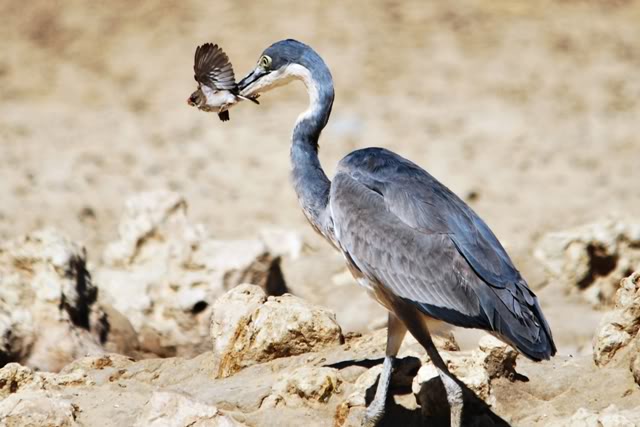 © Mel
© Mel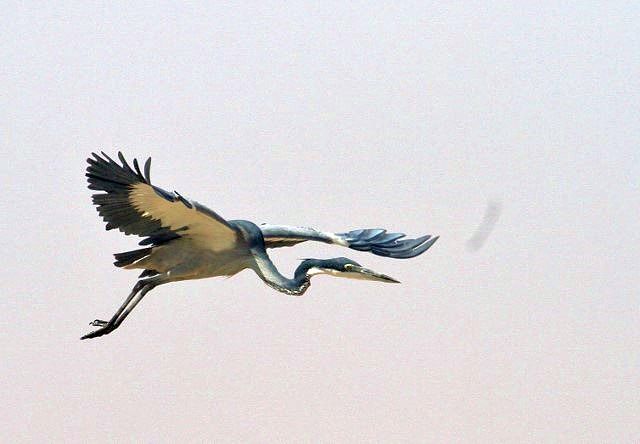 © nan
© nan